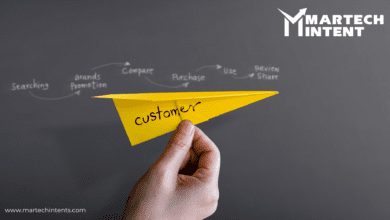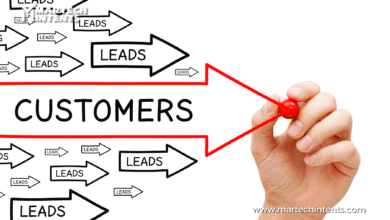Seamless Martech Integration: Unlocking the Power of a Unified Marketing Technology Stack

Introduction:
In today’s fast-paced digital landscape, marketing technology (Martech) integration plays a pivotal role in optimizing marketing operations and driving business growth.
Integrating various Martech solutions into a unified stack enables streamlined workflows, data consistency, and enhanced customer experiences.
This article explores the importance of Martech integration and provides insights into the key considerations and best practices for achieving a seamless integration.
Assess Current Martech Landscape
Begin by conducting a comprehensive assessment of your current Martech landscape. Identify the existing tools, platforms, and systems being used across different marketing functions.
Determine their compatibility, effectiveness, and integration capabilities. This assessment helps identify gaps and redundancies, providing a foundation for evaluating new solutions and optimizing the integration process.
Define Integration Goals and Objectives
Clearly define your integration goals and objectives. Consider factors such as improving data flow and synchronization, streamlining workflows, enhancing reporting and analytics capabilities, and enabling cross-platform campaign management.
By establishing these objectives, you can align stakeholders and prioritize integration efforts accordingly.
Identify Integration Opportunities and Challenges:
Identify integration opportunities by mapping out data flows, touchpoints, and dependencies between different Martech systems.
Assess the technical compatibility and integration options provided by the respective vendors.
Additionally, consider potential challenges such as data security, privacy, and compliance requirements. Identifying these opportunities and challenges early on helps inform decision-making and facilitates smoother integration.
Select Integration Methodology and Tools:
Choose the appropriate integration methodology and tools based on your specific requirements and infrastructure.
Options include application programming interfaces (APIs), middleware platforms, and custom development.
Evaluate the scalability, flexibility, and ease of implementation of these integration methods to ensure a seamless and future-proof solution.
Plan and Execute Integration in Phases:
Break down the integration process into manageable phases to minimize disruptions and ensure successful implementation.
Prioritize integration based on criticality, complexity, and impact on marketing operations. Begin with foundational integrations, such as CRM and marketing automation system integration, and gradually expand to other components of your Martech stack.
Thoroughly test each integration before moving on to the next phase.
Ensure Data Consistency and Governance:
Data consistency and governance are essential aspects of Martech integration. Establish data governance policies and protocols to ensure data accuracy, quality, and compliance.
Implement data mapping and transformation processes to ensure seamless data flow and synchronization across systems.
Regularly audit and monitor data integrity to identify and address any discrepancies. This focus on data consistency and governance lays the groundwork for accurate reporting, analytics, and personalized customer experiences.




